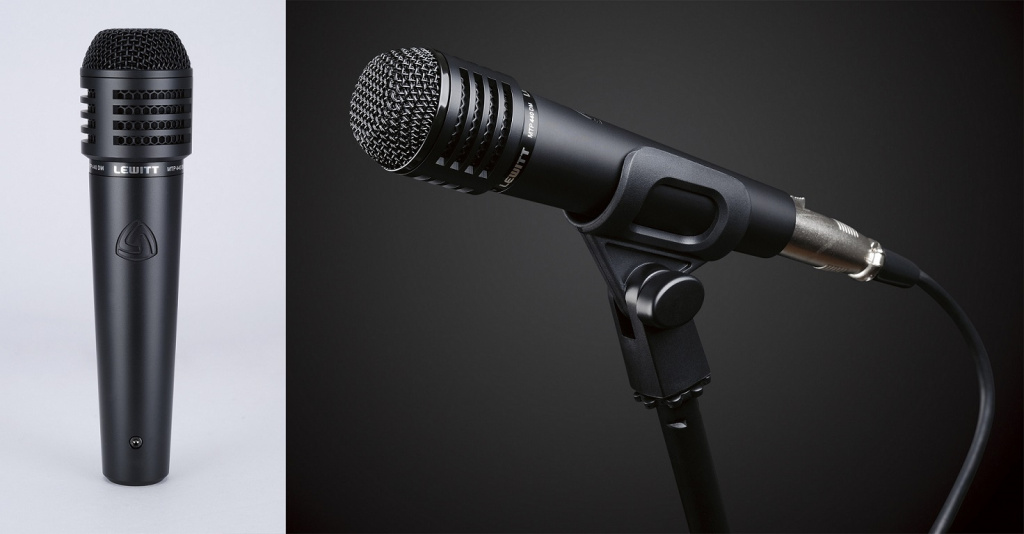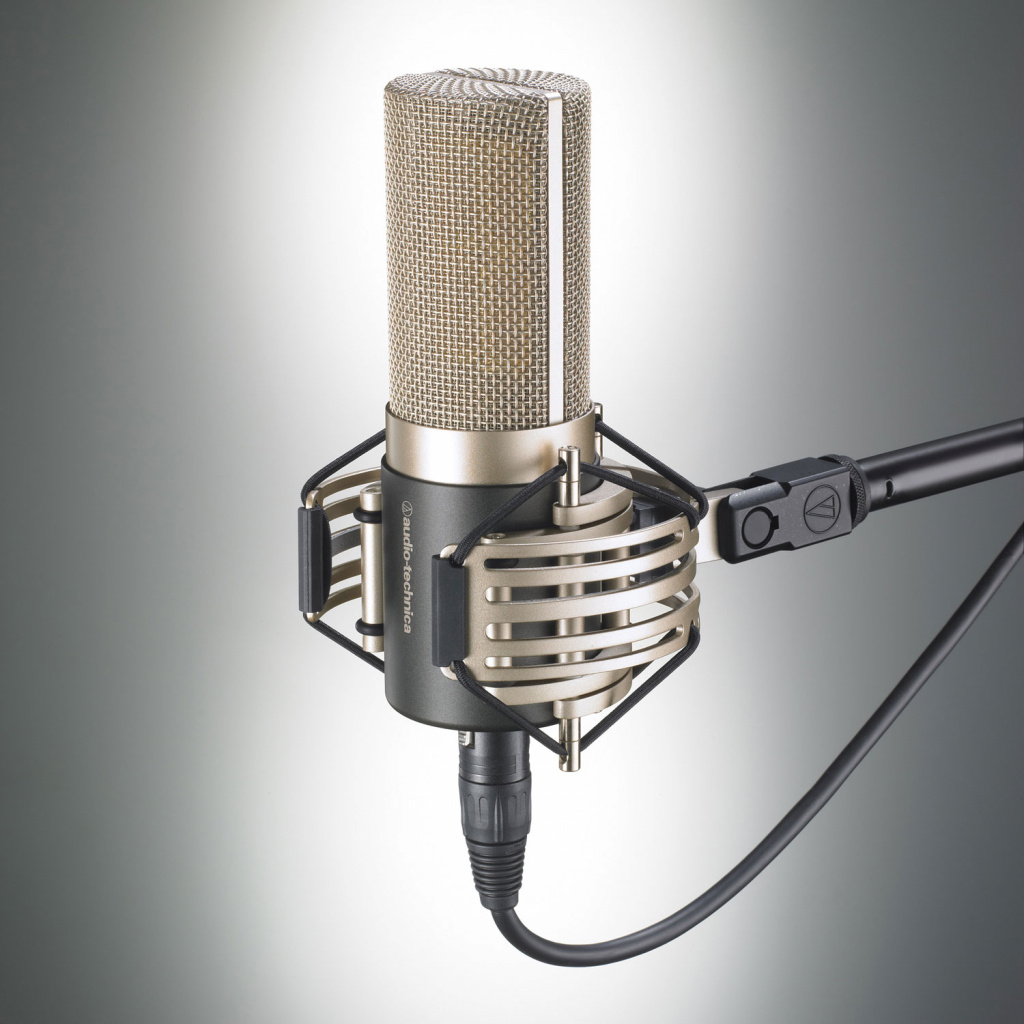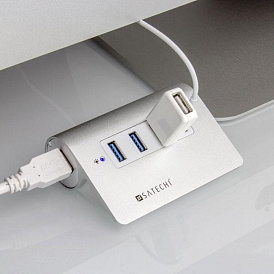Which microphone is better - condenser or dynamic
In a professional environment, dynamic and condenser microphones are considered to be the most popular today. Each of these types of audio devices has its own characteristics and an excellent mechanism for converting sounds into electrical signals. Which type of microphone is better - dynamic or, nevertheless, condenser? Our experts understood this.
Features of dynamic microphones

The diaphragm of this audio device is represented as a thin plastic film that oscillates. This film is coated with nickel / gold and fixed next to a fixed plate made of a conductor material. An electric field is created between the plate and the diaphragm using an external source or an electrical material located directly in the microphone.
In the first case, we are talking about phantom power or an electric battery, which allow a polarizing voltage to be applied to the diaphragm. In the second case, a polarized material (electrical) is placed in the inner plate or diaphragm. Under the influence of a sound wave, the diaphragm starts moving, changing the capacity of the air chamber, which serves as a separator between the diaphragm and the plate.
Dynamic microphones differ in a variety of shapes and sizes - from very small models to large diaphragms. By the way, the design of the product in question plays a significant role in the sound of the device. For example, a large diaphragm will provide a deep, smooth sound, allowing you to create the perfect vocal reproduction. This is the best option for brass instruments and a drum with bass function.
At all, dynamic microphones are appreciated for their durability, practicality of operation and purity of sound reproduction. But such products have their weak points: frequency range and high sensitivity. With these unpleasant moments, the producers of dynamic audio products are struggling with all their might: in recent years, the shortcomings have been reduced to a minimum.
Condenser Microphone Features

Condenser microphones have a completely different type of transducer. Most models of this audio unit are a combination of a fixed rear and a movable front panel that are fixed at a certain distance from each other. When the sound hits the front panel, it vibrates, creating a small capacitive change that turns into an electric charge. True, it is very small and requires exposure to a specific amplifier.
Accordingly, a capacitor-type product requires a large number of electrical circuits that allow you to create an audio recording. And for such manipulations, of course, requires a power source.
Condenser microphones have been used for many years. The technology of operation of such audio devices is quite simple: in the process of moving the diaphragm, the distance between it and the fixed plate changes, the resulting capacitive change creates an electric charge.Condenser microphones are highly sensitive, so they are ideal for recording various sounds, including those outside the frequency range available to the human ear.
Products with large capacitors should be selected when vocal recording is planned and smaller diameters are better for accurate recordings. By the way, condenser-type microphones are built in on mobile devices, computers, and even in some car models.
Comparative characteristics
In general, the choice of a device of a certain type depends mainly on preferences and, in some cases, on the characteristics of the working conditions. In general, condenser microphones are still the preferred choice of the majority. And here, for example, you can’t think of a better dynamic for adverse weather conditions. To simplify the process of selecting the appropriate option, we have prepared a comparative description of the two types of products.
|
|
Dynamic |
Condenser |
|
frequency range |
Average |
Wide |
|
Orientation |
The predominance of unidirectional models (more sensitive to the sound coming from one direction) |
The predominance of omnidirection (the device picks up the maximum number of sounds from the space) |
|
The need for additional power |
Missing |
Needs additional battery |
|
Product size |
Dimensional grid is limited. |
Large variable row |
|
Overload capacity |
High level (suitable for stage applications, drum kits, guitar amps) |
Low level (suitable for studio work with vocals, acoustic installations) |










